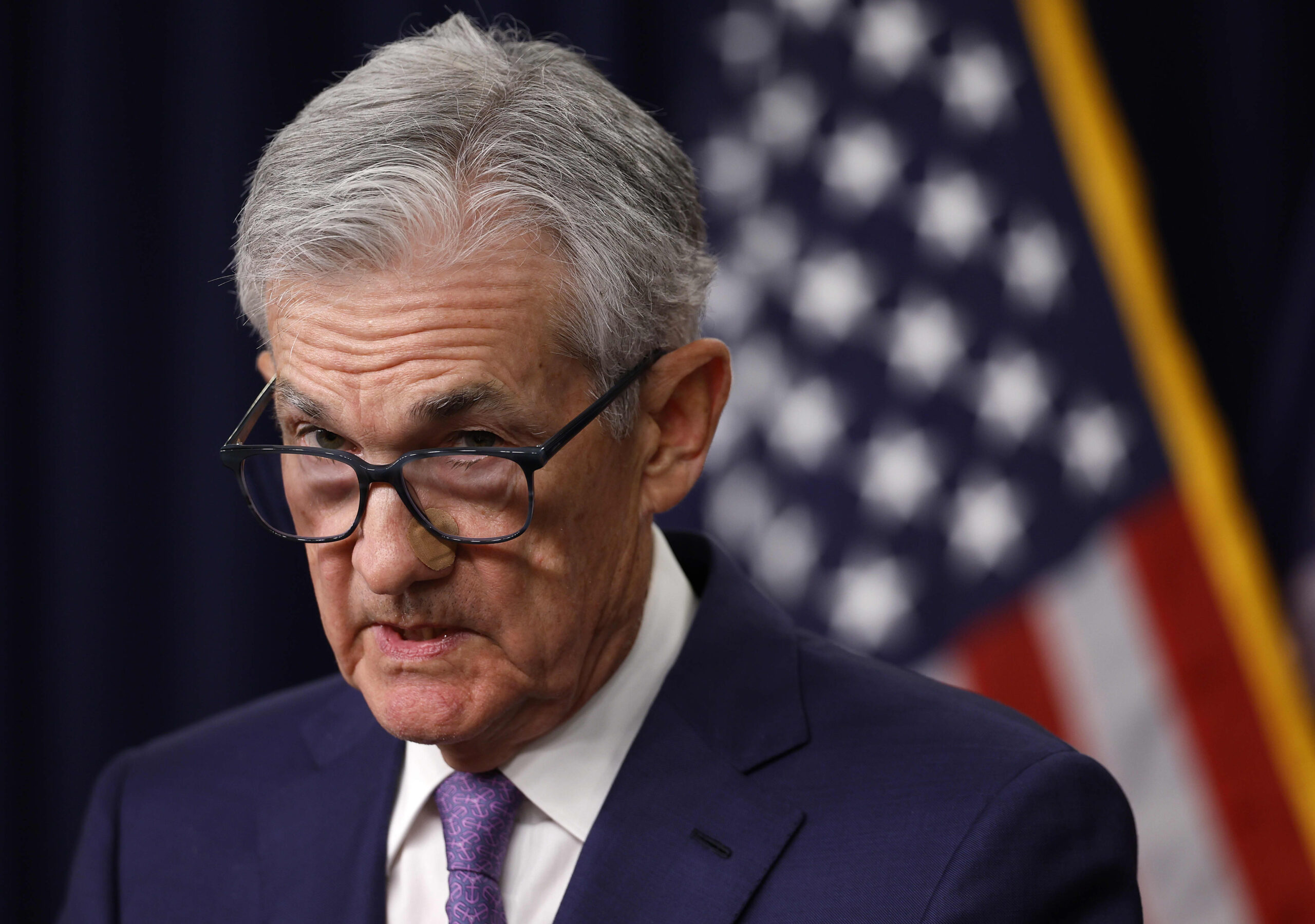
A weakening economy may help push the Federal Reserve to make more rate cuts this year than the market is currently expecting, according to Lazard. The firm’s chief market strategist Ronald Temple said in a second-half outlook that his base case is for the Fed to start cutting interest rates in September, with two additional cuts later in the year. The current benchmark fed funds borrowing rate stands at 5.25%-5.50%. Inflation and economic growth are both likely to fall as the year goes on, with unemployment ticking higher, Temple said. “By September, the FOMC will have three additional inflation and labor market reports to determine whether price pressures have been capped,” the note said. The Fed’s next meeting is at the end of July, though it is seen as highly unlikely that the central bank will cut rates then. Then comes a meeting in September, followed by November and December. Temple’s base case is more aggressive on rate cuts than the current market view. As of Tuesday morning, the Fed Funds futures markets currently implied that two cuts was the most likely outcome by the end of the year, with roughly a 22% chance of further reductions, according to the CME FedWatch Tool . This calculation assumes that the central bank would lower its benchmark rate by 25 basis points, or 0.25 percentage points, at a time. Fed Chair Jerome Powell told CNBC’s Sara Eisen on Tuesday that the central bank has ” made quite a bit of progress ” on inflation but isn’t ready to cut rates. The November meeting for the Fed comes the same week of the U.S. presidential election, which has led some to speculate that the central bank will hold rates steady at that meeting to appear non-political. However, Temple says that the Fed will be able to lean on the economic data to make a move. “My assumption is that the FOMC will make the decision warranted by the data and market expectations and will ignore political considerations,” the note said. Temple did caution that Fed rate cuts may not end up significantly lowering long-term interest rates, which could be bad news for prospective homeowners waiting for mortgage rates to drop. “I expect the Fed Funds rate to trough at or above 3.5%, which would imply that long-term interest rates are unlikely to decrease materially and that fair value for the US 10-year [Treasury note] is between 4% and 5%. If this is the case, the primary benefit of rate cuts will be at the short end of the yield curve for floating-rate borrowers,” the note said.
EMEA Tribune is not involved in this news article, it is taken from our partners and or from the News Agencies. Copyright and Credit go to the News Agencies, email news@emeatribune.com Follow our WhatsApp verified Channel





